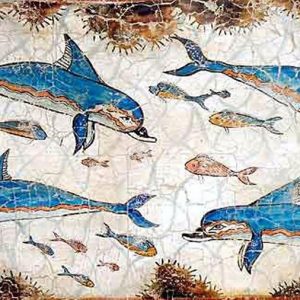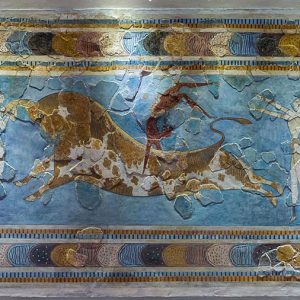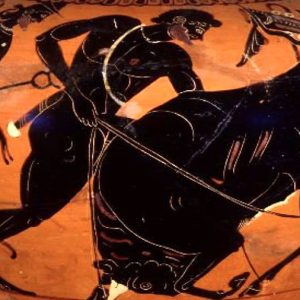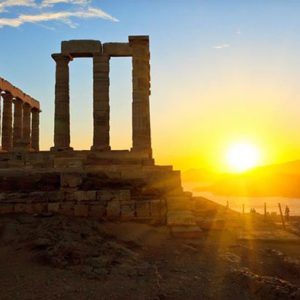
- Saturday December 15, 2018
Cretan Pottery
The Cretan potter’s first appreciation of nature was subjective, not distinguishing clearly between himself and the world in which he moved…
The line left on the sand be receding waves, the ripple on water as the wind crossed it, the mysterious inner markings of a shell, the thousand varieties of spirals in shells and in tendrils, the shadow cast on his path be interlocking twigs, the stir of leaves and the bending of branches, the flight of petals and seed vessels and the whirl, which is at the basis of so many forms of motion, gathering particles to one focus and flinging them forth again – these attracted him. His aim however was not to imitate what he saw, but to rather record an impression.
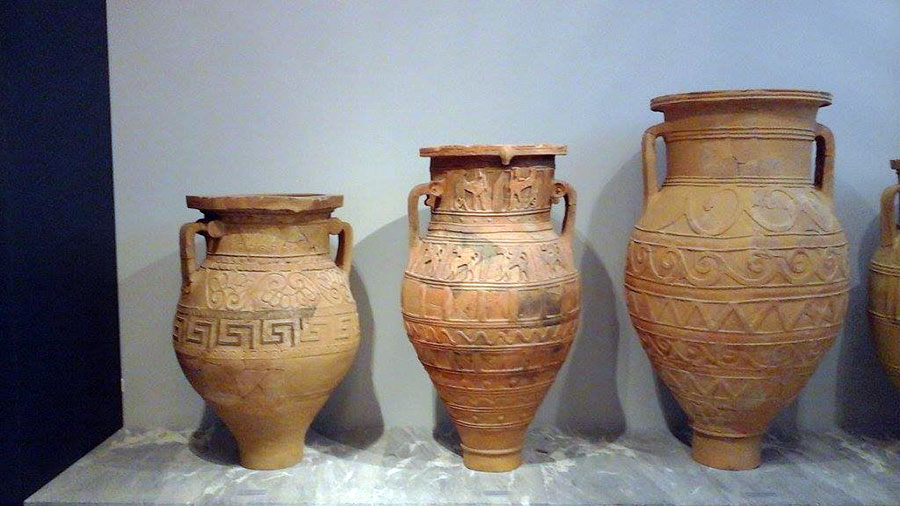
At the height of his power, the Minoan potter went directly to nature for his inspirations. His designs are full of grace and exuberance Reeds, grasses and flowers adorn his vases: the life of the sea is represented with astonishing fidelity.
By Harriet Boyd
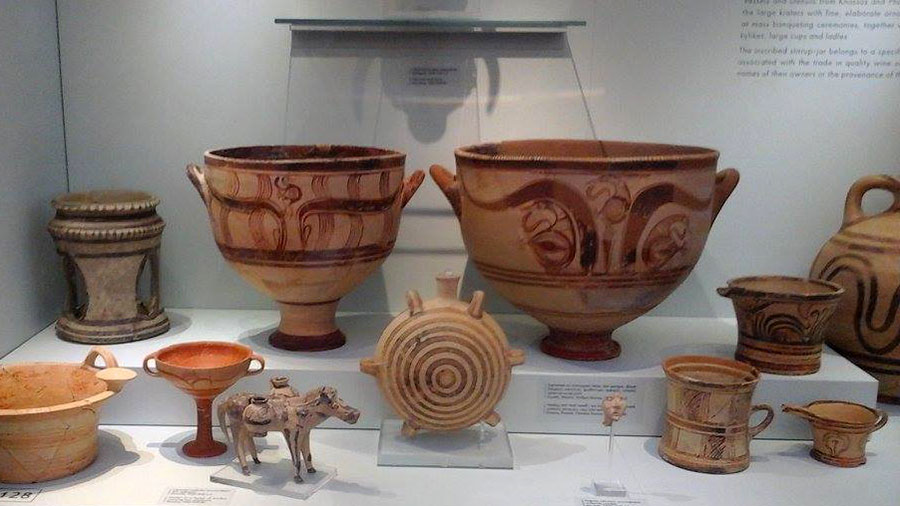
In addition Pottery tells us a great deal about the people and their emotions, also invaluable dating tool!
Pottery can also shows archaeologists the contacts of prehistoric cultures or, in later times, the extent of a civilization’s trade routes. Pots containing oils and ointments, exported from 18th century BC Crete have been found on the mainland of Greece, in Cyprus, the Cyclades, Aegean islands along the Syrian Coast and Egypt, showing the wide trading contacts of the Minoan peoples.
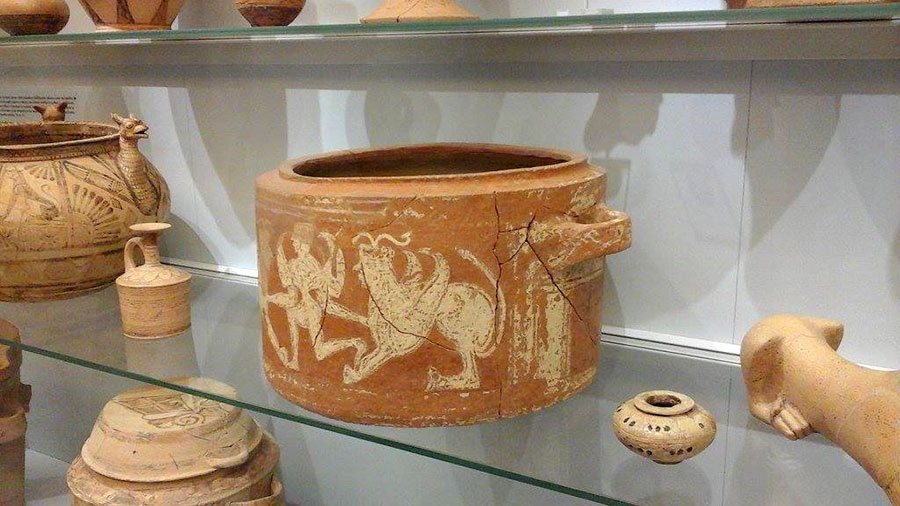
The Minoan Potter was both a realist and a sentimentalist.
Inspired by the life of the sea, collected shells, gazing down from a fishing boat through the crystal waters at the writhing octopus and delighted to see the grace of the dolphin and the flying fish. With this free and naturalistic way of seeing and living, the creative Minoan was unlike most of contemporaries in the Bronze Age world.

With a true instinct for beauty, this is the Minoan Artist the Minoan Potter.
By KnossosGuides
